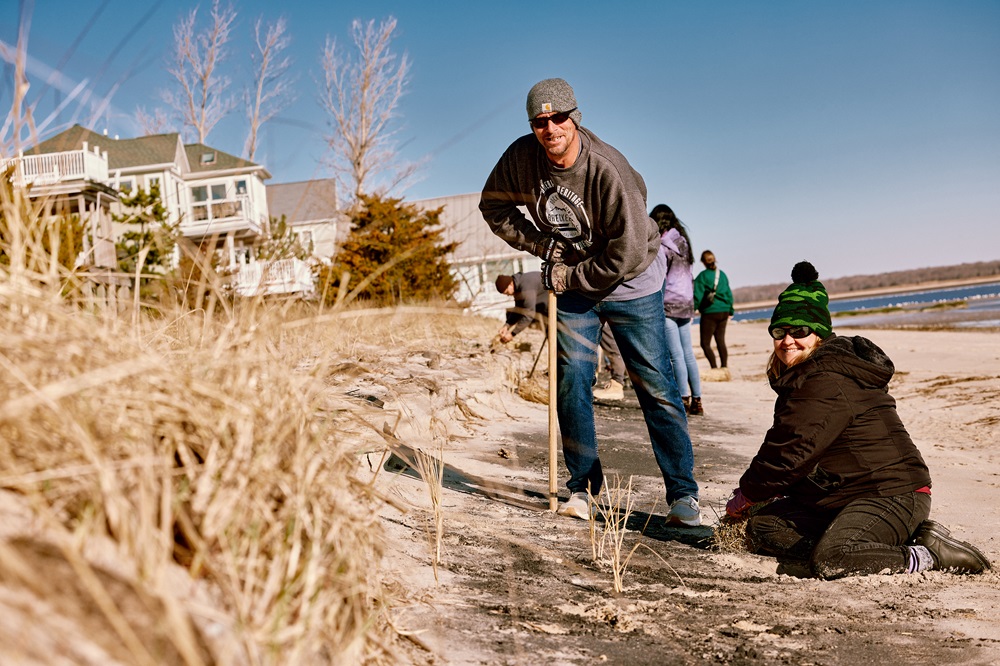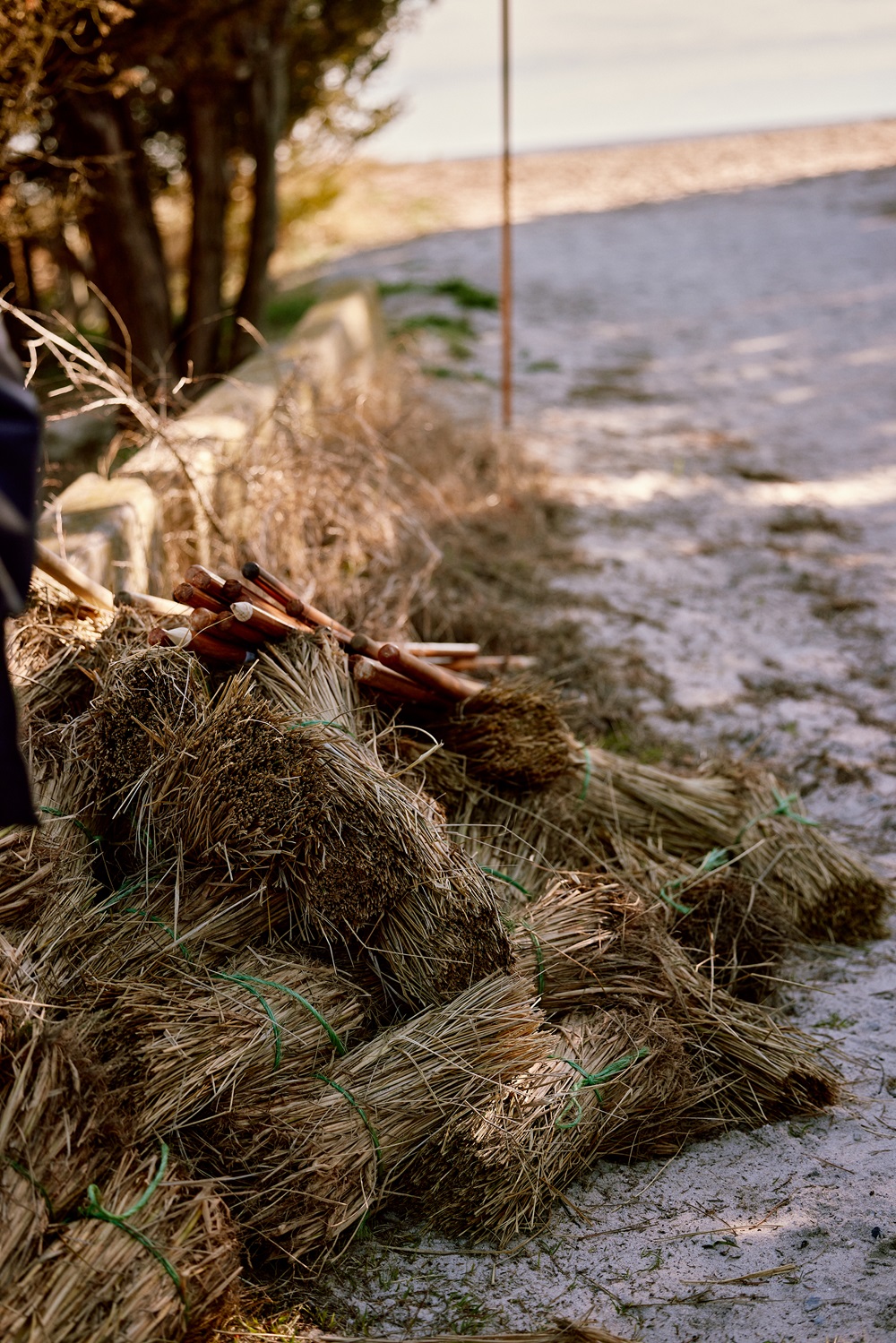
This rite of spring, managed by the Delaware Department of Natural Resources and Environmental Control, is a key piece of the state’s strategy to lessen the impact of storms along the coast.
“The point of planting the beach grass is to help stabilize dunes, the first line of defense during coastal storms,” said Jennifer Pongratz, an environmental scientist with the DNREC Division of Watershed Stewardship. “The reason we plant beach grass is because it helps trap sand in the dunes, so as winds blow across the beach and into inland areas the beach grass will actually slow down the wind to the point where the sand will drop into the dunes. That’s how they grow.”
Dunes act as sand storage areas, replenishing eroded beaches during storms. Crucially, they also block waves that would otherwise rush inland and potentially damage properties.
The planting began in 1990 and has taken place every year since, except during the COVID-19 pandemic in 2020 and 2021.
In that timeframe, volunteers and DNREC staff have planted a whopping total of more than 5 million stems of grass along the bay and ocean beaches.
In 2024, the bulk of the planting took place on March 16, a fairly sunny Saturday with temperatures in the 50s. More than 800 people gathered at Fenwick Island, Fenwick Island State Park, Delaware Seashore State Park, Lewes Beach, Bowers Beach, South Bowers Beach and Slaughter Beach for the occasion.
For many, the planting has become an annual event, something they look forward to every year and participate in with family members or friends.

“If they go back to a similar spot to where they were before, sometimes they can see the grass they’ve already planted and see that it’s doing well, or they might go to a beach that they like to frequent for recreation and see the results of what they’ve done,” Pongratz said.
One sign of how popular the event has become is that around 500 people registered on the very first day signups opened this year.
Virtually all ages take part in the annual event, though younger participants tend to lose interest before too long and spend the rest of the time running around the beaches playing, Pongratz said.
Linda Woodrow is one of those people who participates annually, seeing it as a chance to help the environment while having fun outside at the same time.
“I have been going to the beach since I was little. I have seen many storms destroy the dunes and cause flooding and home destruction,” she said. “I cannot remember how I heard about the first planting but I know it was something I wanted to participate in! I can see that it works in some places and some places it is a losing battle, because of the rising tide. I have since the first planting had my husband, daughter, granddaughter, grandson and friends help at different times.”
This year, DNREC ordered 160,000 stems of beach grass. Most of those were planted on March 16, though because certain areas along the dunes are not conducive to visitors, some grass will be planted by DNREC staff over the next two weeks.
Participants generally find the activity rewarding, making them feel like they are helping make a difference in shaping the natural world while protecting buildings and roads from storm surges.
“You can look at a blank canvas of a face of a dune that morning and an hour later you can see where all the grass has been planted, so it’s instant gratification,” Pongratz said.
Related Topics: beach grass, beaches, conservation, outdoor delaware